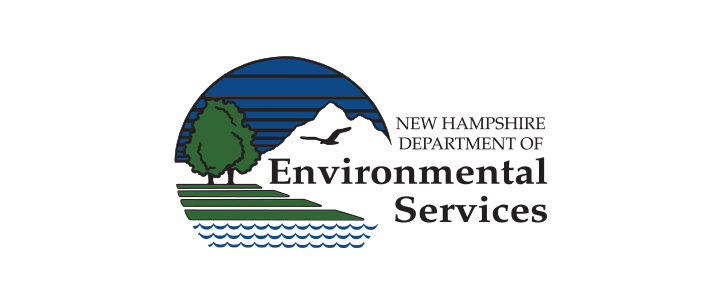
Latest Federal Farm Bill Boosts Source Water Protection
The US Department of Agriculture (USDA) spends approximately $6 billion annually to help farmers, forest landowners and ranchers implement conservation practices. Nearly two thirds of those funds are administered locally and regionally through USDA’s Natural Resources Conservation Service (NRCS). This funding is provided through the federal Farm Bill. In 2018, the law was changed to make source water protection a goal of Farm Bill conservation programs for the first time. Now, a minimum of 10% of NRCS’ conservation funding will be used in watersheds with source water protection areas. Over time, NRCS funding will improve the quality of source water and reduce potential threats to community water systems and their customers.
NRCS works directly with private landowners to provide funding to install conservation practices on working lands where they will improve water quality and conserve productive agricultural land. Many of these practices also deliver ecologically significant benefits to wetlands and riparian corridors. NRCS provides funding for financial and technical assistance in watersheds most in need and where farmers can use conservation practices to address water quality issues. Conservation practices, such as agricultural waste storage facilities or riparian buffer strips, can protect drinking water by limiting the amount of phosphorous discharged to surface water. Phosphorous can increase the potential for harmful cyanobacteria blooms and disinfection byproducts. Farmland conservation practices also limit nitrogen levels in groundwater, helping to avoid nitrate and nitrite exceedances that can cause a potentially life-threatening condition in infants called methemoglobinemia or “blue baby” syndrome.
NRCS programs, such as the Agricultural Land Easement (ALE) Program and Wetland Reserve Easement (WRE) Program, provide funding for conservation easements that can protect important drinking water resources. For example NRCS, recently provided ALE funding to match a New Hampshire Drinking Water and Groundwater Trust Fund grant to protect Tuckaway Farm in Durham. In addition to the farm, over 4,000 feet of shoreline along the Oyster River, a primary source for the town, will soon be protected.
USDA rules require state NRCS offices to designate priority source protection areas covering no more than 20% of a state’s total area and to be delineated along watershed boundaries referred to as HUC-12 watersheds. Hydrologic Unit Codes (HUCs) are unique identifiers assigned by the U.S. Geological Survey to specific drainage areas according to a defined drainage hierarchy (e.g., region, basin, watershed). Priority areas will receive a higher percentage of federal funding to pay for best practices that improve water quality. To identify priority source protection areas, NHDES worked with the NRCS office in Dover to conduct a statewide GIS analysis to identify HUC-12 watersheds that meet the following criteria:
1. The HUC-12 watershed coincides with an NHDES-designated Hydrologic Area of Concern (a watershed or truncated watershed), an important area which contributes source water to a surface water source.
2. At least 2.5% of the watershed’s land cover is agricultural (typical agricultural land cover was in the 5-15% range).
3. There are NHDES-documented (Clean Water Act section 303(d) list) surface water quality impairments associated with erosion or other agricultural activities that NRCS programs can address.
To find out more about NRCS’ new source water protection focus, download the NRCS fact sheet, Source Protection: A Commitment or check out the American Water Works’ USDA Tools to Support Source Water Protection (2018), or contact NHDES’ Source Water Protection Program at (603) 271-0688.




